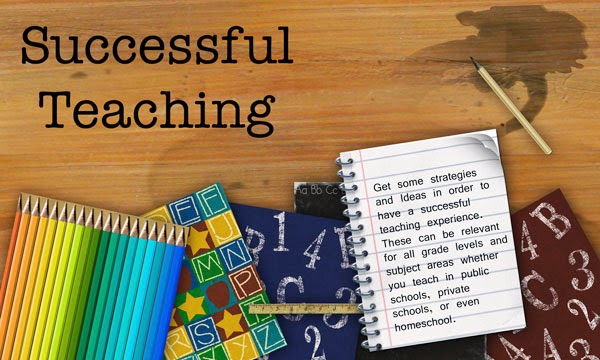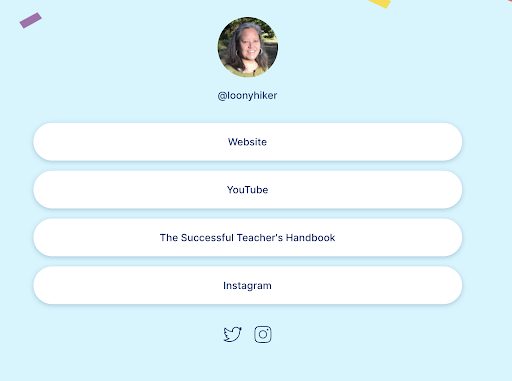
“So, what do you think about accepting late work?”
I definitely accept late work and in fact I insist on getting it turned in.
I found that my students had gotten in the habit of not doing their work and accepting a bad grade. When I pursued this train of thought further, I found out that usually the student got frustrated with the work and decided he would rather get a zero than try to do it and fail anyway. I think it was also a defense mechanism so no one would see that they couldn’t do an assignment and didn’t want to ask for help.
My policy was that if you didn’t do your homework, you would have to do it during your lunch time in my classroom with me and you lose 20 points off your grade. The students were allowed to bring their lunch to my classroom and eat while they worked. I also notified all of the parents about my homework policy and asked that they support me in this so that their child could be more successful and I never had a parent that didn’t stand behind me.
Students pushed me and didn’t think I would enforce this but I did. At first there were many students who had to pay this penalty. Finally, they learned that they would have to do the work anyway so they might as well do it at home and get full credit for it.
At the beginning of the year, there was a battle of wills and usually the student refused to do it at lunch. I did not get in a passionate argument with the student and just told them that they had to call a parent right then and explain to the parent why they didn’t do their homework and why they refused to do it during lunch. At this point, usually the student decided it would be best to show up at lunch time.
Eventually, the students were able to see that their grades were better than they expected. We would spend some time talking about things that affected their grades and how accepting a zero would have impacted their total grade. They also were able to see that their effort and willingness to try made an impact on their grade also.
Usually after the first couple of months, most of my students did their homework on a regular basis. They did not want to lose their social time with their friends and they knew that they would have to do it anyway. I encouraged them to ask me for help rather than be discouraged. All of the students had my home phone number and was encouraged to call if there were problems.
One time I had to explain adding unlike fractions to my student over the phone and his mother was on the other line learning how to do it also! She said she didn’t know how to do this but if she had, they would not have needed to bother me. I felt like we showed the student that we were a team working towards his success.
I think by allowing students to get away with not doing the work and giving them a zero is a cop out by the student and the teacher. By doing this, I am sending the wrong message to the students. I am saying it is okay to take the easy way out rather than to struggle and accomplish something. I am also telling them that I don’t feel they are worth the effort to push them to succeed. If students think I feel that way, they won’t try at all and the time in my classroom is just a waste of time.
What do you think? How do you feel about accepting late work?
Posted on the Successful Teaching Blog by loonyhiker (successfulteaching at gmail dot com).
Original image: 'The Joys Of Homework'
http://www.flickr.com/photos/17731548@N00/2194119780 by: Bart






















